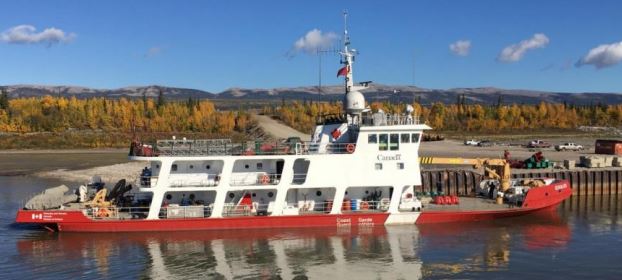Presented at Mari-Tech 2018 in Victoria, BC, HydroComp’s Donald MacPherson and Rory MacDonald of Lengkeek Vessel Engineering state the case for efficient design.

We were recently involved in a study to evaluate and improve maneuvering capabilities for a Canadian Coast Guard Special Navaids Vessel. Part of the study included consideration of alternative new engines for additional power and towpull. Each proposed engine model had a prescribed set of available gear ratio options, with a unique system-optimized propeller matched to each engine-transmission combination. An extensive CFD program was then conducted to predict comparative maneuvering performance for variations in stern geometry, rudders, and the engine-transmission variants. It was determined that significant computational savings for the CFD analyses could be achieved through the use of a common validated propeller “proxy”, rather than multiple unique propellers matched to each engine-transmission variant. Find out how NavCad was used to determine the appropriate RPM values for the common proxy propeller that would represent the proper towpull for each CFD self-propulsion analysis.
Full presentation: Improving CFD effectiveness of self-propulsion analysis with proxy propeller and engine constraints
